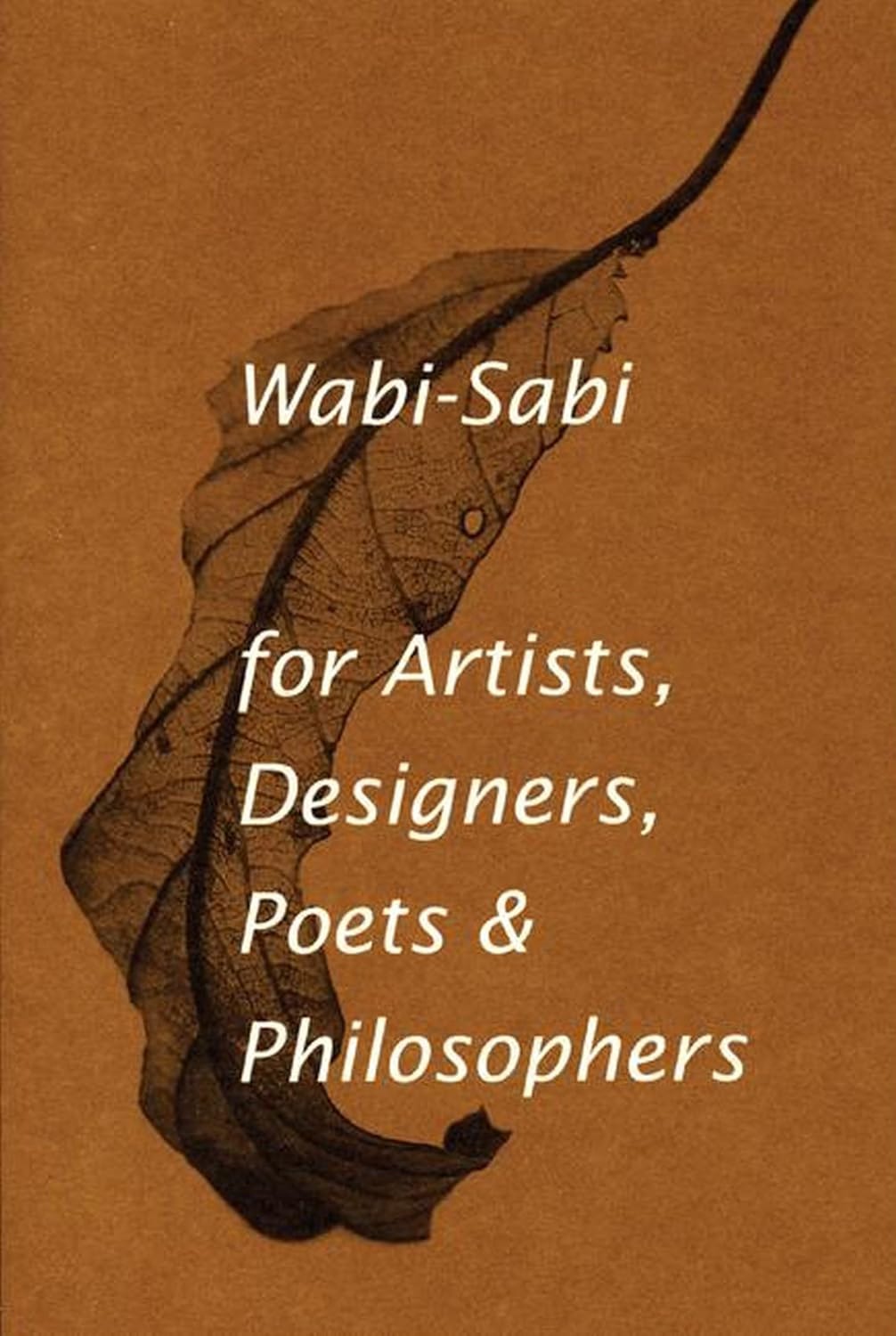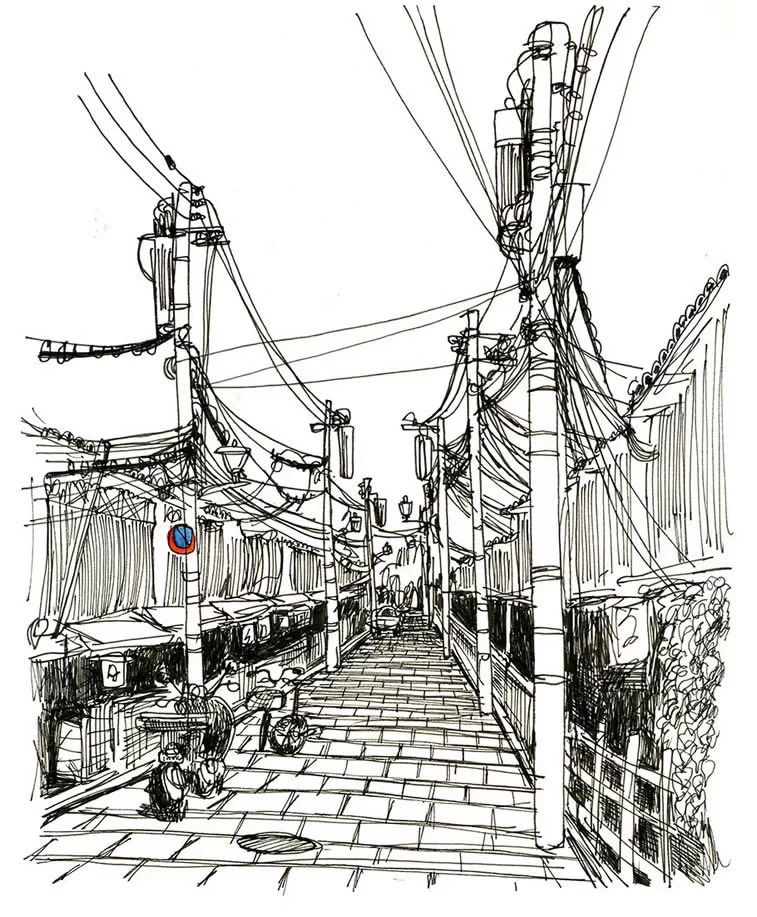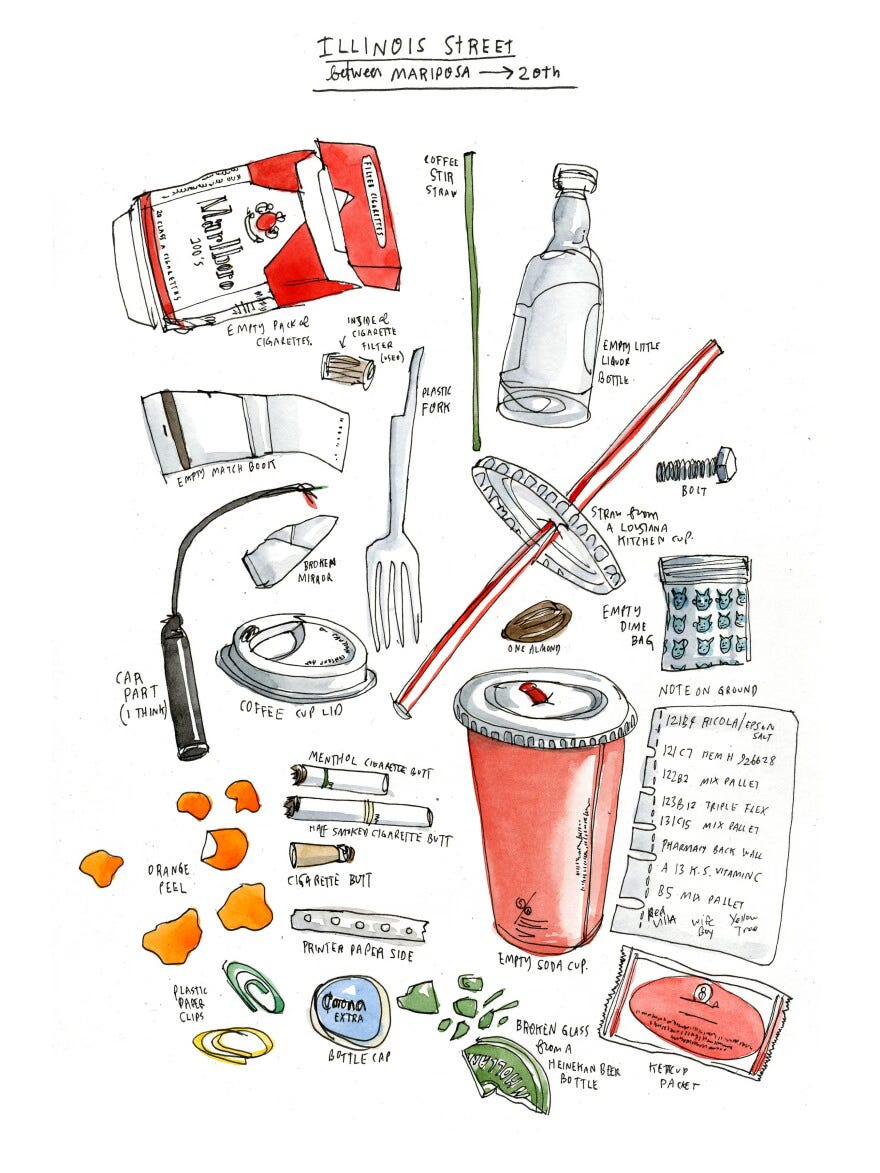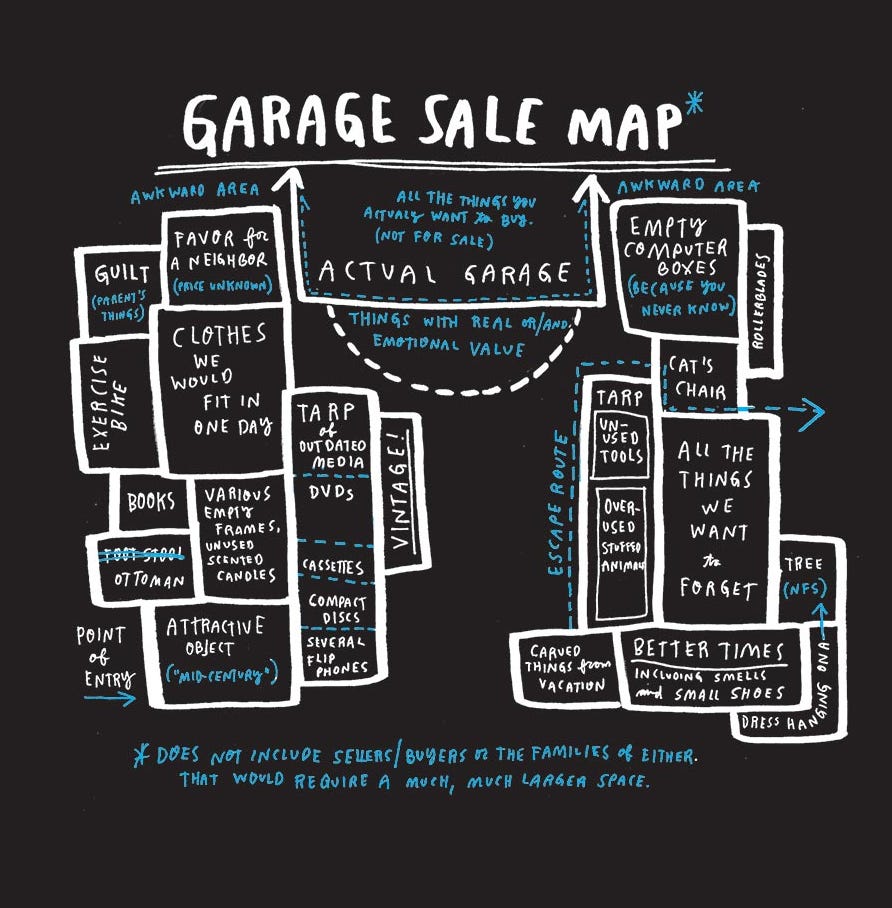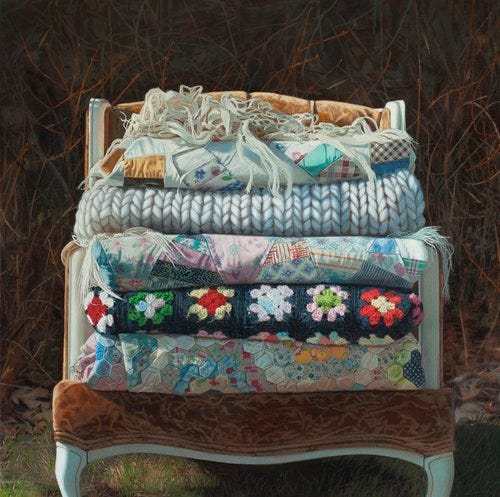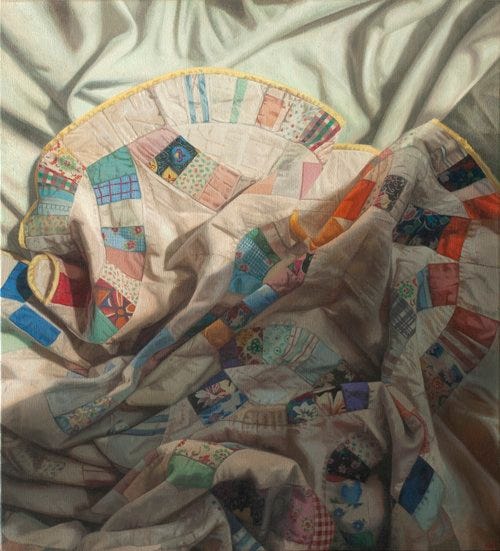Hello, my gorgeous DrawTogether GUT-mates.
Before art, some notes.
Next Sunday we launch our super special DrawTogether/GUT collab with the National Gallery of Art in Washington DC! I’ve been hard at work on this for a while for y’all, and I think you’re going to love it. The National Gallery’s drawing curators take us deep into their collection, and our assignments are inspired by all we see and learn. Total art nerd dream come true. Know a friend who might like to join this BTS adventure?? 👇 Click the magic button below.
I highly highly recommend watching the doc Will & Harper on Netflix. It’s a moving study of bravery, love, friendship, how to be an ally, and a great introduction to a trans experience in the USA. Harper is also THE role model for anyone who wants a “who-gives-a-F-what-people-think” third act. ❤️🏳️⚧️❤️
For all you Hirioki Doi Circle Drawing fans, he has a show of recent drawings online and in person at the Ricco/Maresca gallery in NYC!1 If anyone wants to buy me one, I won’t be mad. Kidding! (Not really.)
Okay, let’s get to it.
The Beauty of Clutter
I have a confession.
Did you know that I, a creative person with one hundred various interests, can, from time to time, leave my space a bit messy? A tad cluttered? A wee bit “did a goddamn tornado touch down in here?”
Shocking, I know. Ask my neat-nick parents, I’ve been this way since I was little. These days, I’ve confined my mess to “creative spaces” (read: Studio, Kitchen Table, Sofa, Everywhere, etc), but I still have a lot of stuff. Like many artists, I collect. Sometimes, those collections pile up and spread out. But I still know exactly where everything is. I swear, there is order in my chaos.
A mess is evidence of what’s happened before and a map of what might happen next. I’m not calling my studio a crime scene, per se. But it definitely reveals some drama.
Now, if a space is unconsidered, left to build up over time, well that’s just careless. That’s when other people start to worry. But when someone is thoughtful about their spaces, they care about each object, label, and sort and arrange them just so… consider where they go and why, the meaning behind it all... it shows. That kind of clutter is a thing of beauty.
Take a look back at our lesson “What is Beauty?”, and find roses in the garbage.
Have you heard of Wabi-Sabi? Simply put, it’s the Japanese concept of finding beauty in imperfection. There’s a great book about it by Leonard Koren.
The word “Wabi” refers to a subdued, austere beauty. Imagine an untouched, snow-covered hill or a crisply ironed shirt. We all agree that’s striking. But personally, I’m far more interested in the “Sabi” part. That’s more the imperfection. Footsteps in that snow-covered hill. A ketchup stain on the shirt. The Sabi breaks the silence. It has feelings. It tells a true story. Perfect? That’s boring. Perfect doesn't exist in nature. It certainly doesn’t exist in us. The Wabi Sabi aesthetic embraces imperfection, transience and connection to nature of life.
So when we are overwhelmed with a scene that is far from perfect - that might seem “ugly” or just not traditionally beautiful - get Wabi Sabi on it. What can we see? What can we learn? What can we appreciate? The world is asymmetrical, messy and wild. Our drawings can be, too.
So today, we’re gonna explore the visual feast that is mundane clutter. Because if you can find beauty in the mess, you can see beauty anywhere.
As someone intimately familiar with the subject at hand, I’ll share a few of my own mess-inspired drawings, as well as another artist’s approach, and then invite you to embrace the clutter and create your own.
Ready? Great. Let’s get beautifully messy.
My Messes
Electrical Wires
I drew this on a work trip to Tokyo, Japan. I was there to draw inside a magical store called La Kagu (RIP.) After I’d finished my work, I took the train to Kyoto.
Walking around the Gion district with its cobblestone streets and women in full Geisha attire is like stepping back in time. Until you look up. Above the building lives a thick rubber rainforest of modern electrical wires, criss-crossing, twisting, winding their way down the streets and alleys.
Of all the typically beautiful things I could have drawn on that street, the wire web called my attention. Why? Maybe because its lines looked like a drawing against the sky? Or maybe because the wires told a story? After all, each wire connected to a home, a business, a shrine, a cable TV. Drawing the wires felt like examining the city’s insides, its exposed guts. Beautiful.
Garbage Stories
In 2012, a developer hired me to research and create a drawn story about the history of Pier 70, a historic and underutilized area of San Francisco. The developer wanted to learn about the neighborhood’s backstory, who was living and working there now, what people valued about it, the cultures it contained… I warned the developer that my approach was not “traditional,” and they gave me full reign and agreed not to edit anything I created. (This is very rare when working with a client, but those were my conditions, and I wish more developers took risks like this.)
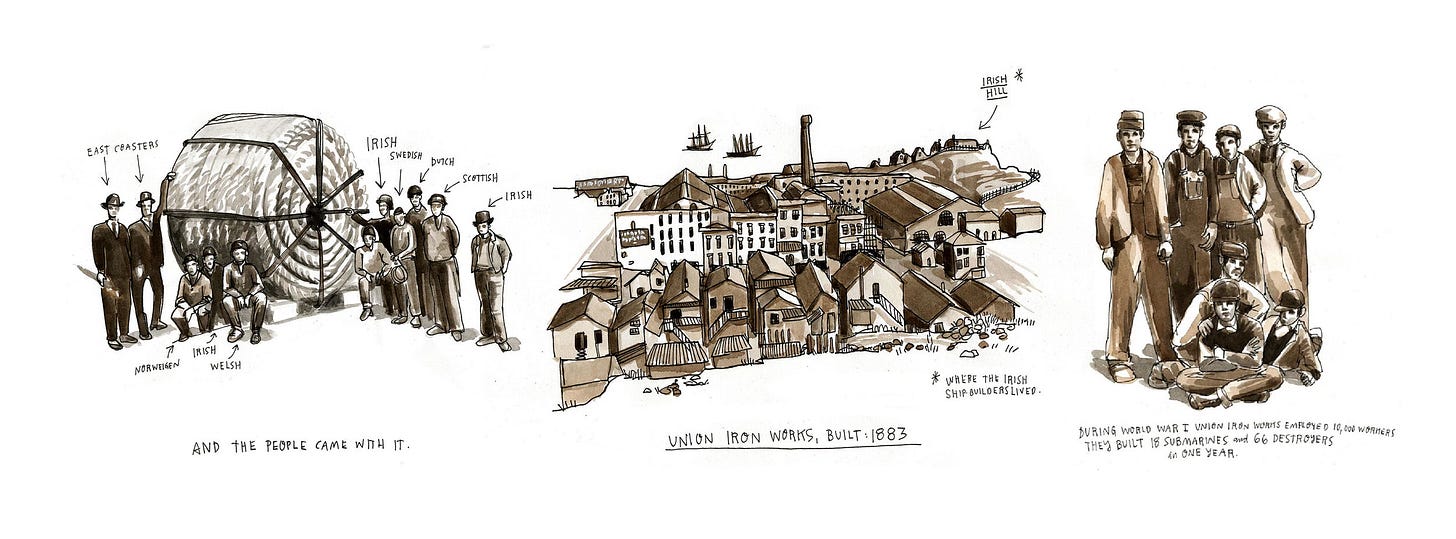

What does this have to do with messes? One unusual approach to learning how the neighborhood was being used was taking to the streets, keeping my nose pointing down, and documenting the trash and detritus I found on each corner.
While I learned a ton from my research and interviews, documenting each corner’s detritus offered a new approach to portraiture, and a fresh perspective on the neighborhood. Sometimes, our garbage paints a better picture of who we really are than the objects we display on our mantel.
In its own way, that’s beautiful.
Garbage Sale. I mean, Garage Sale.
There are many ways to document a mess. It can be representational, like above. It can also be conceptual, abstract, text-based, or a map….
In 2012, the artist Martha Rosler held a Meta-Monumental Garage Sale in an atrium of the Museum of Modern Art in New York. The sale included objects donated by museum staff, the artist and the public. Martha was on hand to haggle over higher-priced garbage gold. The garage sale/exhibiton also included a newspaper designed by the brilliant designer/artist Kelli Anderson. She asked me to create a “Conceptual Map” of a prototypical garage sale for the paper. For me, that meant including the emotional experience of a garage sale.
Here’s what I drew:
I included the actual objects along with their emotional categories, like “all the things we want to forget.” And “clothes we will fit in one day” next to “exercise bike.” And “Guilt (parents’ things).”
If you drew a map of your mess, what would you include? What would you be too embarrassed to include and leave out??
Cindy Rizza
Another artist who is obsessed with stuff is Cindy Rizza. Her paintings focus on textiles, the mundane, and, like Martha Rosler, the domestic. Look at her careful depiction of textiles: each knitted loop, wrinkle, and tear. You can almost feel each blanket. Her shadows tell how close to someone piled them to a window.
The soft lumpiness of the quilts and upholstery makes me want to curl up in them.
The messiness and imperfection of Rizza’s subjects, coupled with the care she takes with her technique to make them feel worn, loved, and human, makes them… beautiful.
Alright. With that inspiration, let’s turn our attention toward our own messes….
Keep reading with a 7-day free trial
Subscribe to DrawTogether with WendyMac to keep reading this post and get 7 days of free access to the full post archives.



